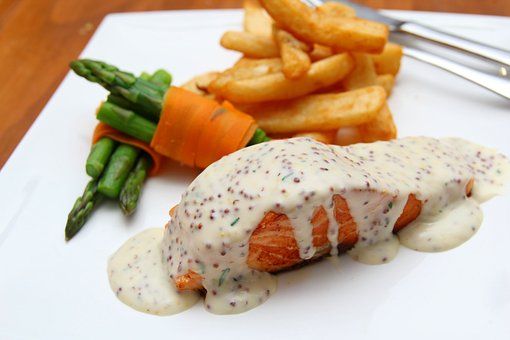 When I was in my teens, I did a lot of babysitting. The people I babysat for always left a tv dinner I could pop in and cook later in the evening, after I put the kids to bed.
When I was in my teens, I did a lot of babysitting. The people I babysat for always left a tv dinner I could pop in and cook later in the evening, after I put the kids to bed.It was a treat because my family never ate TV dinners. We couldn't afford them for one thing and it was cheaper to feed the lot of us by making it all from scratch.
There is a bit of controversy over who is responsible for creating TV dinners. I'd say based on what I've read, it was a series of events which lead to this item becoming part of American Society.
Clarence Birdseye, the man whose name if found on frozen foods, created the first real system for freezing foods. In 1923, he figured out a way to package and flash freeze fresh foods so they could be sold to consumers. By 1949, the Bernstein Brothers were selling frozen dinners in the compartmentalized aluminum trays in the Philadelphia area. But it was the Swanson company who made the biggest strides in the field.
In 1954, Swanson's had 260 tons of Thanksgiving left overs they needed to figure out how to use. They asked their workers for suggestions and one man had just seen the compartmentalized aluminum trays used by Pan American Airways to serve food. He made the suggestion to the Swanson brothers back in Nebraska so they packed the food, prepared an advertising campaign based on television and sold over 25 million dinners at 98 cents for each one.
In the 1960's Swanson's expanded their line to include breakfast and lunch. In 1973, they introduced the Hungry Man line designed to appeal to the male population.
Now for some facts about TV dinners.
1. The term TV Dinner is actually a registered trademark.
2. The tray was modeled after the trays used by the airlines.
3. The box containing the first TV dinners were designed to look like television sets complete with dials and volume control.
4. When the TV dinner was first released, television was so new, there was only three to four hours of programming available to watch. It usually ran in the late afternoon and early evening, during dinner time.
5. Up until 1960, TV dinners came without desserts.
6 Since 1987, the TV dinner tray has joined Fonzie's jacket at the National Museum of American History.
7. September 10th is National TV dinner day.
8. Swanson stopped calling them TV dinners in 1962 but the name sticks.
I hope you've enjoyed this small look at the history of TV dinners. I'd love to hear from you. Have a great weekend.
No comments:
Post a Comment